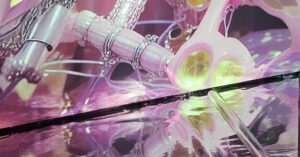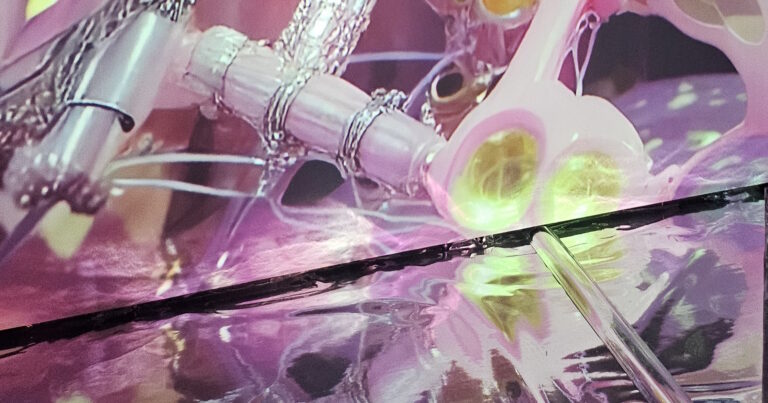Yes, I know. The first time Alice hallucinates being smaller and larger, she drinks. The second time, she eats a mushroom. Whatever you’re thinking right now, serious scholars have explored in depth. You have an article here, something else here, and something more here. I’m not overly fond of these theories, but it’s a fact that – amongst all the transformations Alice undergoes – this one with the mushroom is the trippiest of them all.
She takes a first bite and…
…the next moment she felt a violent blow underneath her chin: it had struck her foot!
She then manages to open her mouth enough to take a bite of the other side of the mushroom (the caterpillar hadn’t been too specific in giving her advices), and…
…she found that her shoulders were nowhere to be found: all she could see, when she looked down, was an immense length of neck, which seemed to rise like a stalk out of a sea of green leaves that lay far below her.
It is no wonder that a pigeon mistakes her for a snake and attacks her: a scene Disney decides not to depict (and therefore it makes far less sense).
Classical illustrators who went wild with the concept of the long-necked Alice include Charles Robinson (1907), with a super-scary and really aggressive pigeon. There’s also a couple more illustrations of the scene from this author and you can see them here.
But I think you’ve had enough of these traditional people in my last post for the caterpillar, so I thought I would give you a couple of contemporary works, for this scene.
Among the usual one, one of the trippiest is Mervyn Peake. Thanks to Galen Djuna for publishing it . Peake was a Swedish illustrator, mostly known for his own work, the Gormenghast books.
Some of them are rather traditional, like this one by David Delamare, who gives us a puzzled Alice. We have already encountered his work for the caucus race, if you remember.
Contemporary illustrator Briana Hertzog however has a set of Alice in Wonderland illustrations and my absolute favourite is the serpent one, where Alice is depicted blue and menacing.
Another contemporary illustrator who has an interesting take on the subject is Ragnhild Drosshaug, who gives us an adorable Alice of colour sailing through the many troubles of the tale.
Another beautiful and surreal one was published by Meg Hunt here, and I love it. We have already seen her work for the giant puppy and she’s always surreal, visionary, vibrant.













No Comments